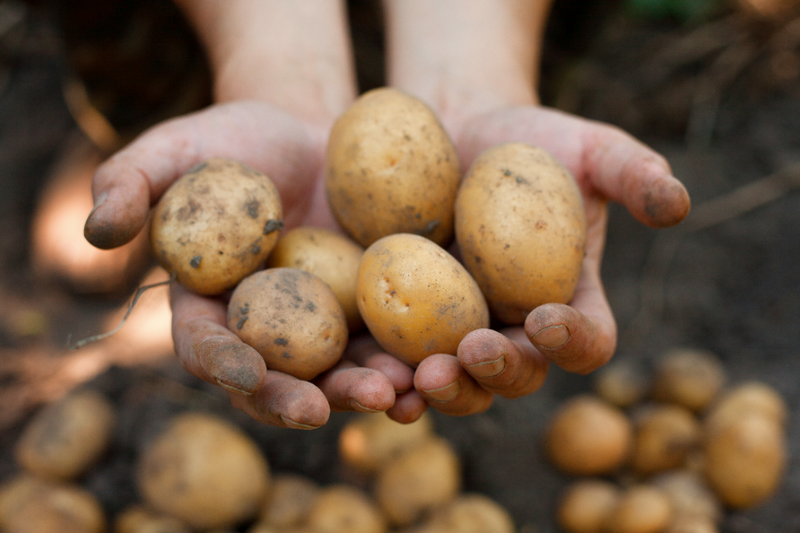How can you tell whether a plant is hardy or not? Although frosty winter mornings can be beautiful, it’s heartbreaking to see your favourite plants fall victim to icy temperatures. But once you understand how plant hardiness ratings work, you can give your plants the protection they need to see them safely through the winter months.
What Does Hardiness Mean?
Hardiness measures a plant’s ability to withstand cold winter temperatures in the gardening world. Agriculture Canada has developed a hardiness rating system that classifies plants by the minimum temperature they can withstand. Canada's rating system runs from Zone 0 (plants that can survive temperatures below -46 °C) to Zone 9 (plants that must be kept above -7 °C/).
Hardiness Definitions
Not all plant websites or labels classify their plants using the same ratings, so it’s helpful to know some other terminology used to describe hardiness and how it relates to the zone definitions, and our climate here in Winnipeg.
- Tender – these plants can’t survive temperatures below 0 °C/32 °F and need to be grown indoors in winter, although they may be placed outside in summer. These plants would include houseplants and tropicals.
- Marginal – these plants will typically cope with brief periods of temperatures down to -5 °C/23 °F. They can survive winter outdoors in very mild winters but will need protection in colder regions or hard winters. Plants considered to be marginal would include those in zone 4 or warmer
- Fully hardy – these plants will survive a minimum temperature of at least - 35°C. These are plants that are considered to be zone 3 or colder
NB: The hardiness of a plant indicates the minimum temperature at which it can survive, but other factors also need to be considered. One of the most important is soil drainage. A hardy plant can still be killed by cold weather if it’s waterlogged, and a borderline hardy plant is more likely to survive a cold snap in well-drained soil.
How to Protect Plants in Winter

Many plants will need some protection to get them safely through the cold months. Here are a few tips on how to protect your plants in winter.
- Remove all plants from containers, and plant into soil. Even a plant that is hardy in zone 3 will need to be in the ground over winter to protect its roots.
- Move tender plants indoors into a heated sunroom or south-facing window to protect them from frosts.
- Protect marginal perennials and shrubs by covering the ground with a thick layer of organic mulch such as compost or straw.
If you’re looking for plants that can cope with winter weather, visit our centre to see our superb range of hardy plants. Our staff will be happy to help you!



